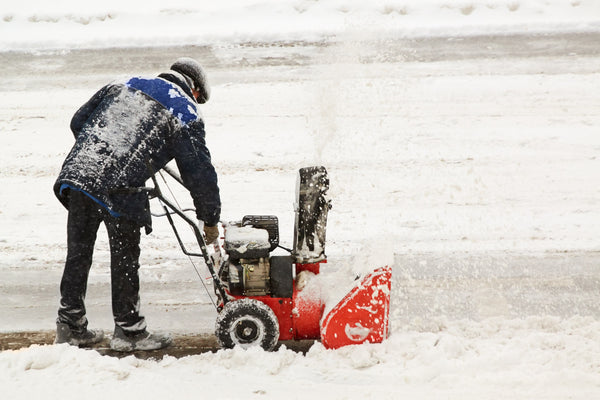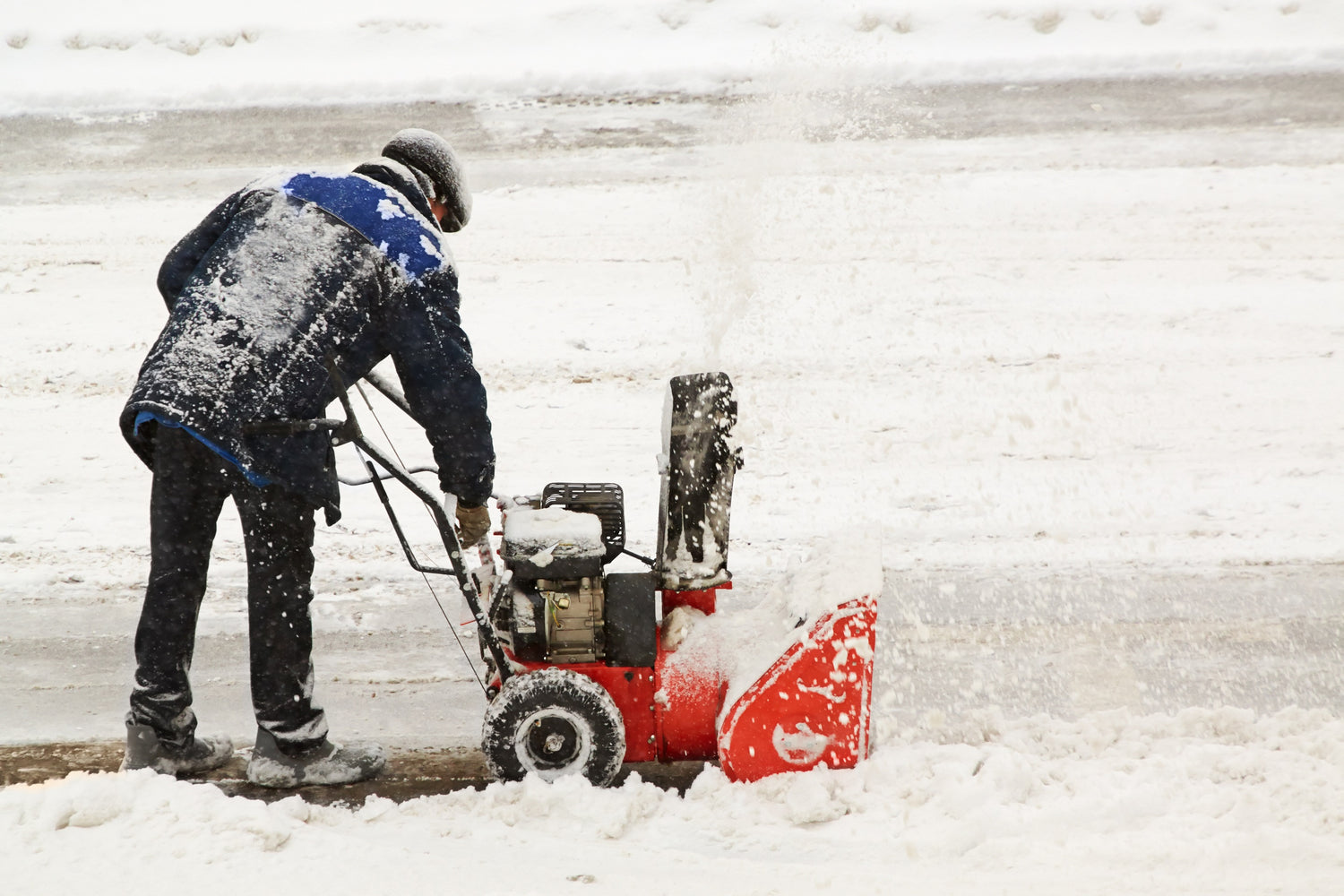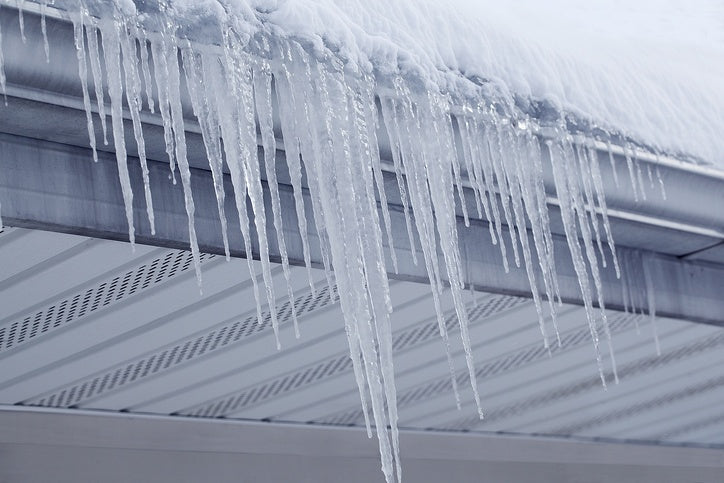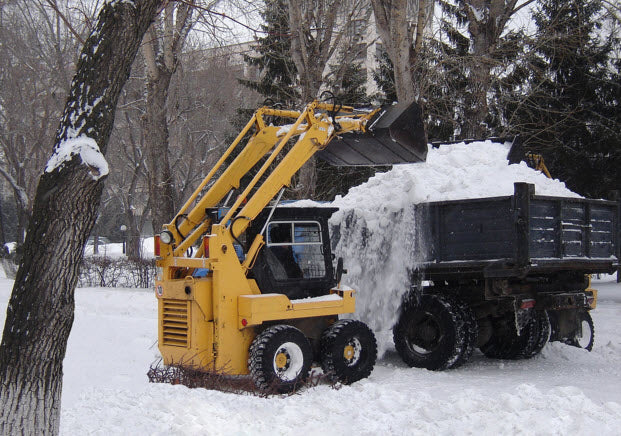
Large scale snow and ice removal efforts are nearly impossible without a full warehouse of mechanical equipment constantly at your disposal. Selecting superior pieces of machinery and then keeping them in top condition is essential for efficient and cost-effective snow removal and optimal maintenance.
By inspecting your valuable equipment before the harsher conditions of winter arrive, you can prevent unnecessary breakdowns and expensive repairs. Taking preventative action now will prove invaluable during a winter weather emergency, and will also pay off in the long term by extending the life of your machinery.
Some of the actions you should take during an inspection to ensure your snow and ice removal equipment will not fail you include:
-
A complete inspection of your snow plow truck: Plow duty puts a heavy strain on a pickup, and you can't afford to have any weak, failing parts. A professional mechanic should inspect the engine condition, the battery for corrosion, the hoses for leaks, the heater/defroster, the full brake system, the transmission, steering, and suspension. the wipers and windshield, the tire treads, and more. Warning, head, and tail lights must be functioning and bright as well.
-
An examination of your plow attachment: Plows can get dinged, dented, rusted, and otherwise damaged, so you cannot assume your plow will not need some attention. Check all the blades, the skid shoes on the wings for wear, the weld joints, and all nuts and bolts. Oil where necessary, de-rust if corrosion is setting in, and have any dents or cracks repaired by a professional.
-
Check your spreader for any problems: Make sure the chute has no obstructions in it, the bolts are all tight, and the tailgate or other mounting point attaches correctly. Remember that every model and every de-icing product will require you to calibrate the spreader according to manufacturer's specifications- and there is no reason to wait till the last minute to do so.
-
Maintain your snow blower/thrower: Locate and tighten any loose nuts, screws, or belts, and replace any frayed belts. Replace spark plugs, switch out air filters, and change gas and oil as necessary. If the scraper bar, which scrapes against the ground to scoop up snow, is badly worn, replace it.
-
Inspect pre-wetting and liquid-dispensing systems: Equipment for applying anti-icers, like liquid salt brine, to sidewalks, will also need attention. Ensure the dispensing nozzles are undamaged and not disoriented. Also check the holding tank for leaks.
-
Wash down and thoroughly clean all equipment: Dirt can only harm your equipment by covering up problems and encouraging rust. Wash everything, and keep a sharp eye out for any imperfections or problems.
-
Take all equipment on a test run: A "pre-winter roundup" is a common way to ensure your snow removal machinery is in good working order. While you cannot fully test things until the first snowfall, you can run the motors and make sure all mechanical parts and hydraulic systems are functioning.
Pre-winter inspections and maintenance tasks can be time consuming, but you cannot begin the snow removal season without being confident your equipment will be up to the task. As you use the equipment throughout the season, it is advisable to do mini-inspections with each usage, but a more detailed inspection both before and just after winter is best practice if you want your facility to be reliably safe and accessible.


